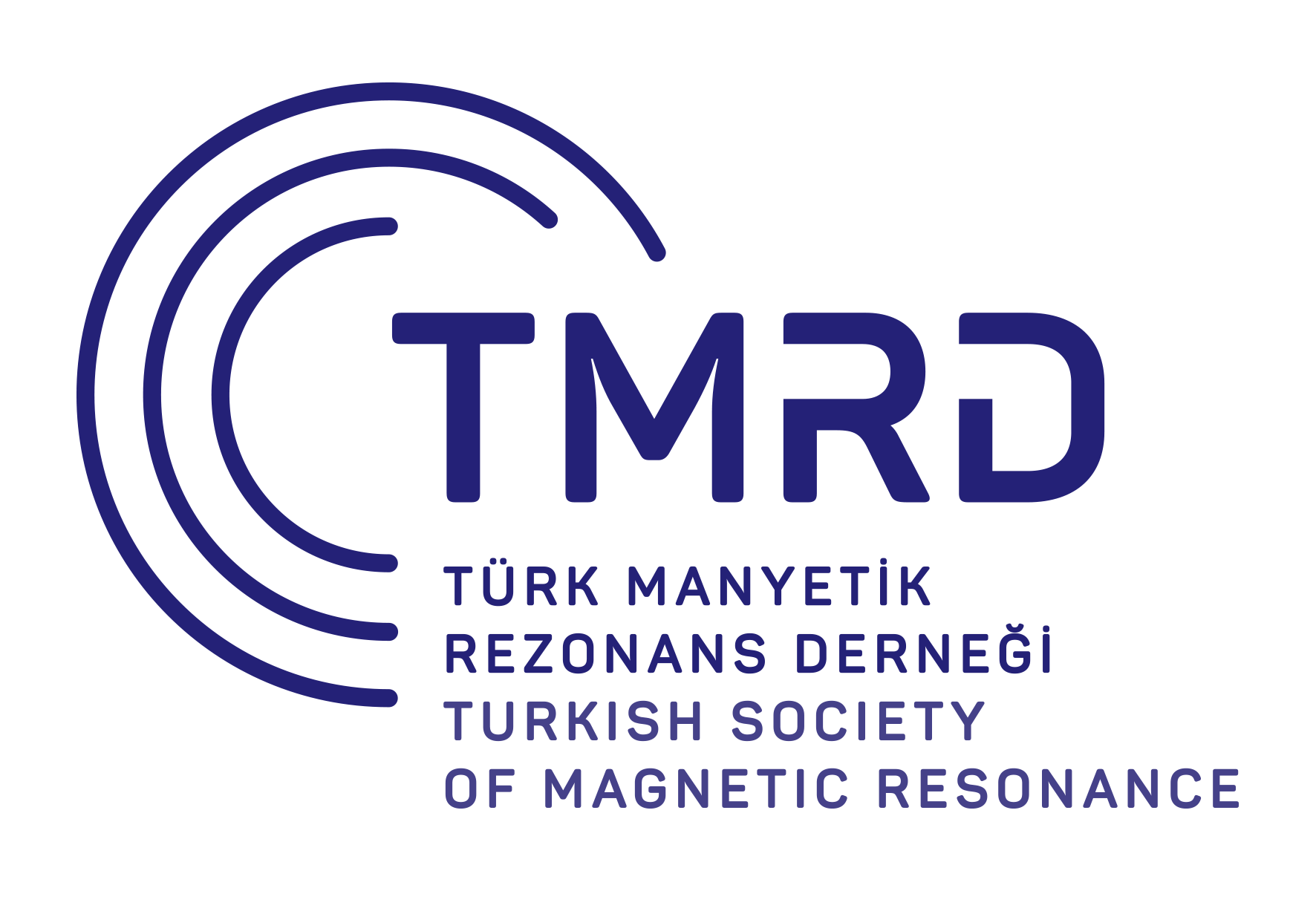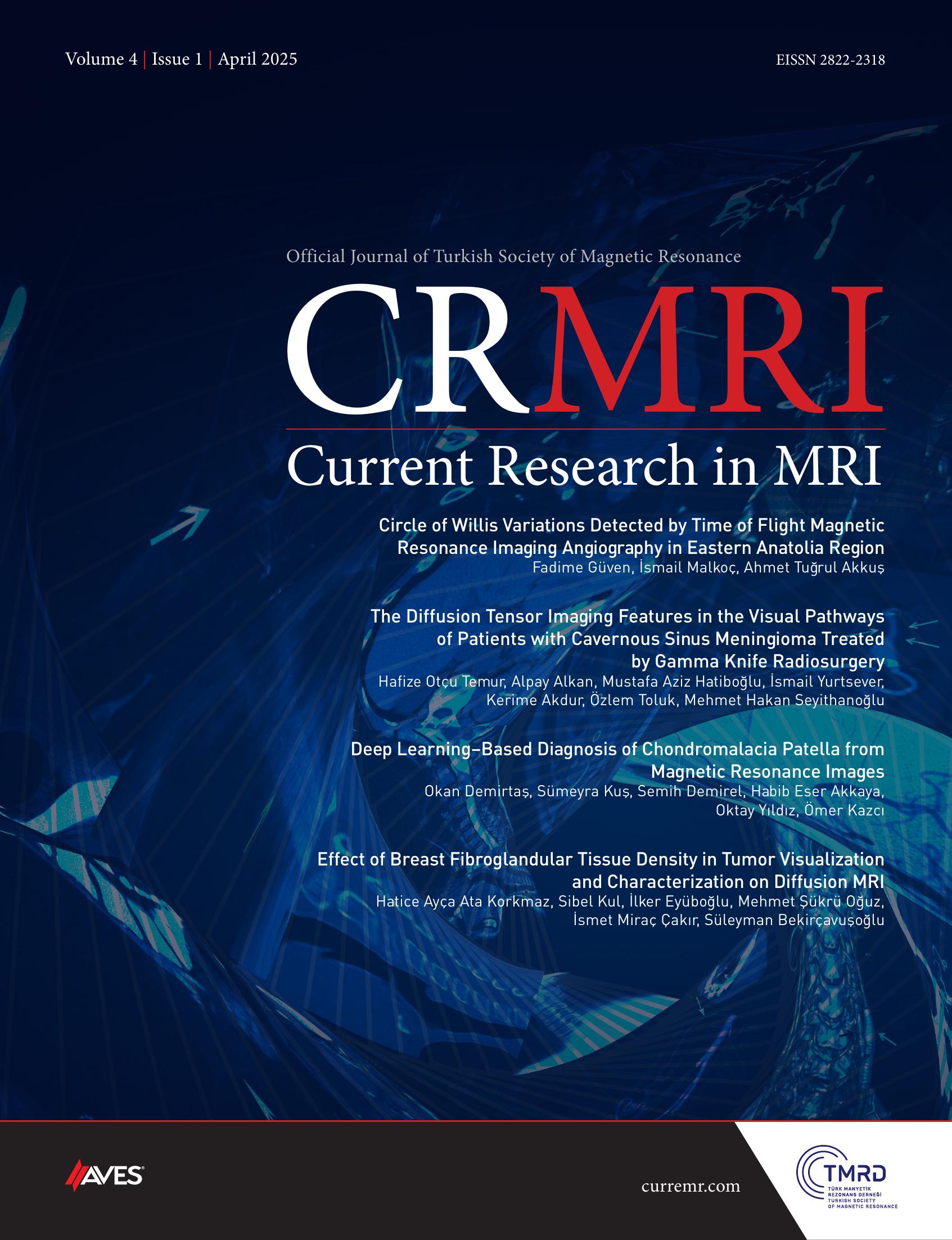Objective: Chondromalacia patella is a degenerative disease of the articular cartilage in the patellofemoral joint, often leading to anterior knee pain and functional impairment. Accurate diagnosis is crucial to prevent disease progression and enable early intervention. Magnetic resonance imaging (MRI) is considered the gold standard for assessing cartilage integrity; however, manual interpretation is subjective and requires expert radiologists. In this study, a deep learning– based approach is proposed for the automatic classification of chondromalacia patella from MRI scans. A novel and domain-specific dataset was constructed for this study, consisting of labeled knee MRI scans obtained from routine clinical examinations.
Methods: This dataset is one of the first dedicated to chondromalacia patella classification, enhancing its originality and contribution to the field. The dataset was carefully curated and labeled by expert radiologists to ensure high diagnostic accuracy. It includes a diverse range of MRI images representing different grades of chondromalacia patella, making it a valuable resource for deep learning applications in musculoskeletal imaging.
Results: Three different models were evaluated: a custom-designed convolutional neural network (CNN) model and 2 pretrained architectures, VGG16 and ResNet50. Each model was trained and tested independently. The results indicate that both the custom CNN model and the VGG16 model achieved an accuracy of 92.66%, while the ResNet50 model performed slightly lower with an accuracy of 90.83%. Despite recent advancements in deep learning for musculoskeletal imaging, studies focusing specifically on chondromalacia patella remain limited.
Conclusion: This study addresses this gap by presenting an automated and objective diagnostic method that significantly enhances diagnostic accuracy. The results demonstrate the potential of deep learning methods in providing objective and highly accurate diagnoses from MRI scans, reducing the subjectivity associated with manual evaluation and offering a reliable decision-support tool for clinicians.
Cite this article as: Demirtaş O, Kuş S, Demirel S, Eser Akkaya H, Yıldız O, Kazcı Ö. Deep learning–based diagnosis of chondromalacia patella from magnetic resonance images. Current Research in MRI, 2025;4(1):12-21.



.png)
